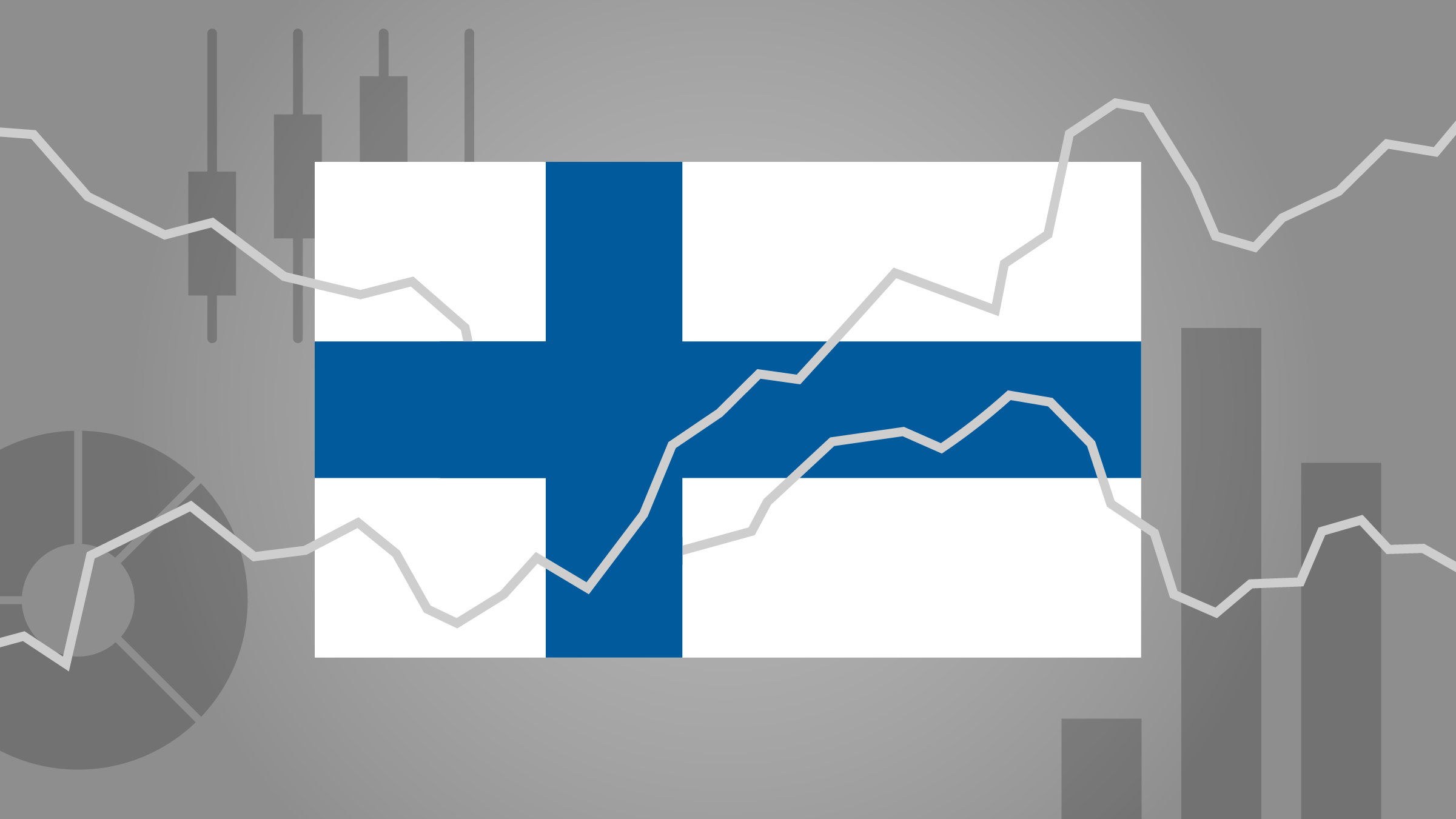Fuller & Thaler -varainhoitoyhtiön tutkimusjohtaja Raife Giovinazzo osoittaa kahdella visailulla, miten ihmisten päättely menee tyypillisesti pieleen. Hän käy ensin läpi analyytikoille tyypillisen ankkuroitumisen. Sen jälkeen vuorossa on vahvistusharha, confirmation bias. Haastattelijana ja kysymyksiin vastaajana on Morningstarin Jason Stipp.
Jason Stipp: I'm Jason Stipp for Morningstar.
Behavioral biases can affect lots of areas of our lives and can be costly when it comes to our financial lives and our investing.
Joining us to demonstrate how behavioral biases can play out is Raife Giovinazzo. He is director of research at Fuller & Thaler and also a co-manager of Allianz Global Investors Behavioral Advantage Large-Cap Fund.
Thanks for being here, Raife.
Raife Giovinazzo: Thanks for having me.
Stipp: We are going to play a little game. You have a few questions that hopefully will demonstrate how some behavioral biases play out. Certainly, feel free to play along at home as well. We'll see just how badly we can be biased in some of these answers. You have a few questions. Let's give it a go and start off with the first one.
Giovinazzo: This is an actual survey that was given by James Montier in his book Behavioural Investing, that he gave to 300 portfolio managers, who manage money for a living, to illustrate the behavioral biases. So, if you are biased and I'm biased, that's OK. It's perfectly normal.
So, three simple questions: first question is hopefully very easy. What are the last four digits of your work phone number?
Stipp: 3745.
Giovinazzo: OK, great. Second question is the number of doctors in London. Do you think it's more or less than your phone number, that four-digit number? Just say "more" or "less."
Stipp: More.
Giovinazzo: More. OK. Third question, what do you think the number of doctors in London is?
Stipp: I would say 5,000.
Giovinazzo: Your answer is very typical of what the actual portfolio managers did when they answered, which is, depending on their phone number, they tend to give a higher or lower number. What was found was, on average, when people's phone number was less than 3,000, the average answer they gave was about 4,000 doctors. When their phone number was 7,000 or higher, the average estimate they gave for the number of doctors was 8,000.
On average, there was a big difference in the answer they gave, even though it's obvious: Your phone number has nothing to do with the number of doctors in London. In case you are curious, a recent estimate was the number of doctors in London is about 37,000. So, you were moving in the right direction.
It's a little bit tricky, because you are going to get a [phone] number between 0 and 10,000. So, all the numbers are going to be too low. You moved in the right direction. Your phone number was, I forget exactly…
Stipp: 3745. So, I went up a little bit, but not nearly enough.
Giovinazzo: Exactly, and that is anchoring in a nutshell. Even when the anchor is irrelevant, you tend to move slightly in the right direction, but you don't move enough.
You can imagine, therefore, when there is a relevant anchor for earnings announcements--a highly relevant anchor is what did the analyst say was going to be the number, or what was said the previous quarter--and we believe that when there are these highly relevant anchors, people will adjust, but they are not going to adjust enough.
Stipp: So, an excellent example there. You also have an example that relates to another type of bias. Let's queue up the question.
Giovinazzo: So, here is the question. We are going to play a simple game. I'll give you a list of numbers, and I'm using a rule to generate a potentially infinite number of numbers. You have to figure out what is the rule I'm using to generate these numbers.
Stipp: OK.
Giovinazzo: You can ask the following questions. You can pick any number and say, is that in the list? I'll yes or no. When you've asked enough questions, you can say, I think I know what the rule is, and here it is.
Stipp: OK.
Giovinazzo: So, here is the starting list, 2, 4, 6. You could ask, is 10 a number? I would say, yes. 10 is also on the list. You have any questions?
Stipp: Is 12 a number?
Giovinazzo: 12 is in the list.
Stipp: 14?
Giovinazzo: 14 is in the list.
Stipp: 100?
Giovinazzo: A 100 is in the list.
Stipp: 50?
Giovinazzo: 50 is in the list.
Stipp: 1,000?
Giovinazzo: 1,000 is in the list. Do you think you know the rule?
Stipp: It's all even numbers.
Giovinazzo: No. The rule happens to be any positive number, and what you did is what everybody does. They look for confirming evidence, 2, 4, 6. It sounds like it's even numbers. 10, it sounds like it's even numbers. Let me test things that would prove that my theory is right. Pick things that are in the list. 1,000 is an even number, 50 is an even number. 14 is an even number. But to really test whether or not you've got the rule right, you have to ask, well, is 9 in the list? In which case, I would have said, yes. You could have asked, is two-thirds in the list? Yes, because it's any positive number. [You did] what everybody does.
By the way, if you are interested in persuading people, looking for confirming evidence makes a heck of a lot of sense. If you want to show people you are right, you look for examples that prove you right. It's only when you are in decision mode that you want to ask yourself, maybe I'm wrong--and that's not natural. It's not human. The human thing to do is to look for evidence that supports the pattern and confirms your hypothesis.
Stipp: So, this would play out in stock investing, for example, if you think that the growth of a company is going to be X, and it's going to depend on this product, and you'll look for evidence that supports just that thesis because that's what you already believe.
Giovinazzo: Exactly. And in an earnings announcement, so much information comes out, it's very easy to find a few pieces of information that support your theory about the growth of the product. Oh, the product is doing really well in this market, and it's got a new feature. They've added this feature and that will really help it sell, and you ignore perhaps the glaring evidence that it hasn't done well in these following markets, and I thought it was going to grow at 20%, but actually it's only growing at 10%.
It's very easy to look for the evidence that confirms your hypothesis. This makes you feel good, that you're smart, and you miss out on the information that you really need to say, yes, it looks like I made a mistake; time to change my investment.
Stipp: Raife, a fun game with some very important lessons. Thanks for joining me.
Giovinazzo: Thanks for having me.
Stipp: For Morningstar, I'm Jason Stipp. Thanks for watching.




















